Brooklands
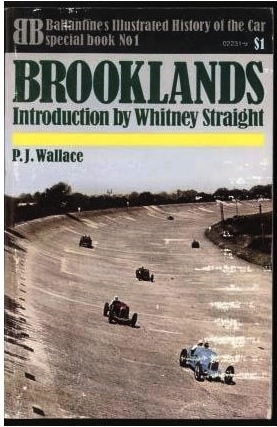 by P.J. Wallace
by P.J. Wallace
In 1928 the author joined Napier & Son—later Napier Aero Engines. He retired in 1962 as the company’s chief test plant engineer. Before this, his engineering skills focused on motorcycles and aero engines. Born in 1896, you have here a man enamored with all things that move and who was a part of the history of which he writes. Anecdotes abound. The descriptions of the wild and wooly early days of Brooklands motorcycle racing are rendered with verve; the reader cannot help but to catch the excitement. The exhilaration and danger of the car racing events are vividly portrayed: blown tires, engine fires, hairbreadth escapes, close battles, punishing endurance runs, destruction, and sometimes death.
This book can also be read as a history of automobile mechanical evolution—Wallace is fond of the phrase “improving the breed.” There is too the constant reminder that it was the progressive improvement of tire technology that continuously broke the limitations of speed. Brooklands also is a history of those who were responsible for the British racing scene, from gentlemen weekenders and amateur bikers to the professional drivers. Describing these pioneers, Wallace reminds us that a venue such as Brooklands had a way of comingling the various social classes—all in a positive way. The love of speed knows no hierarchical boundaries. Throughout the pages are quick personality sketches, and this too adds to the overall charm of the book. Brooklands’ aviation history is documented. We get, then, a strong, well-documented history of this fabled track, from its opening day in 1907 to the end of World War II when the property was sold to Vickers Ltd.
The salient feature of Brooklands is found in the quite generous display of period photographs and reproductions of vintage advertising posters. The photographs (all excepting those on the cover are in black-and-white) nostalgically illustrate the fashions of the day, the aesthetics of automotive design and the enthusiasm of the race. The posters, even reproduced in miniature and shown without color, certainly will stimulate the automobilia collector’s heart. One cannot help wishing, however, that this book had been published in a larger format rather than the small paperback that it is.
Brooklands is not without flaws. There is a certain tedium to Wallace’s style of writing, and he tends to be somewhat repetitious in his use of various catchphrases and description. And an index would be welcomed. But, overall, these imperfections are a small price to pay for the loving insight Wallace provides for this historically important automotive venue.
The introduction is by American-born Air Commodore Whitney Straight who became a well known GP driver while still an undergraduate at Cambridge and started competing at Brooklands in 1931.
Copyright 2011, Bill Wolf (speedreaders.info).


 RSS Feed - Comments
RSS Feed - Comments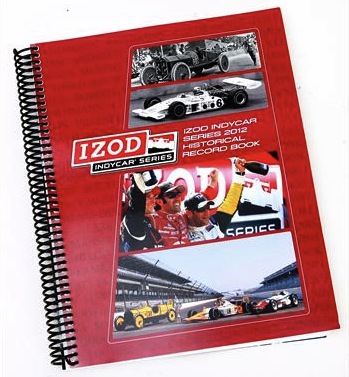

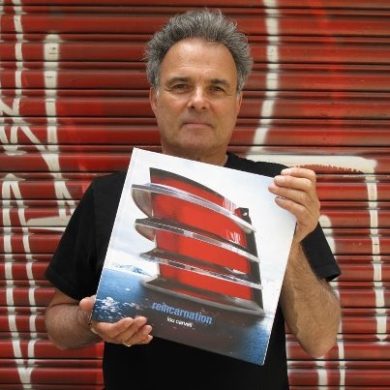
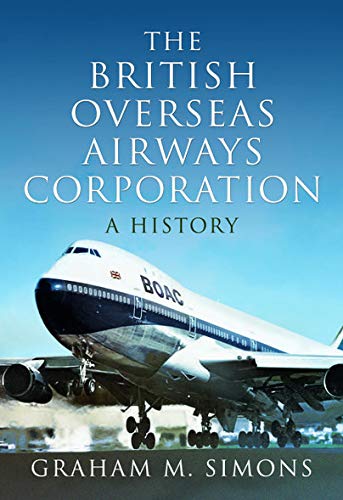
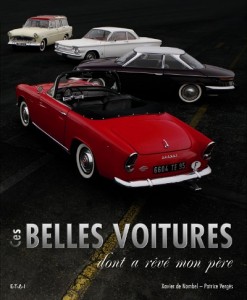
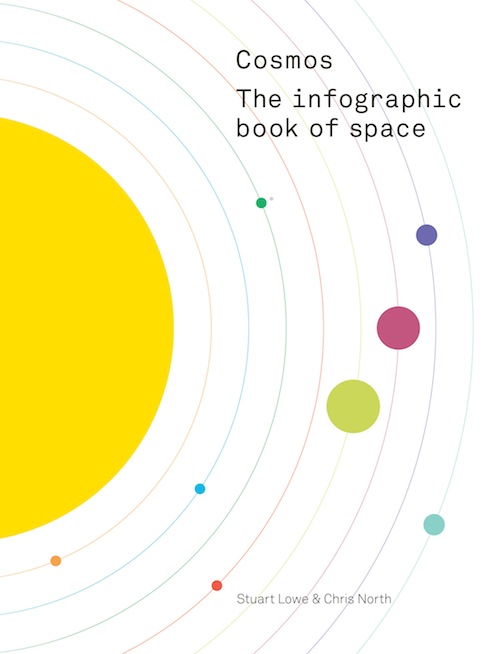
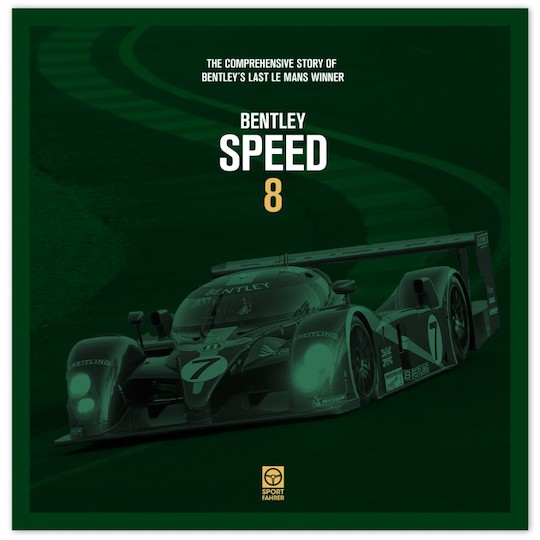
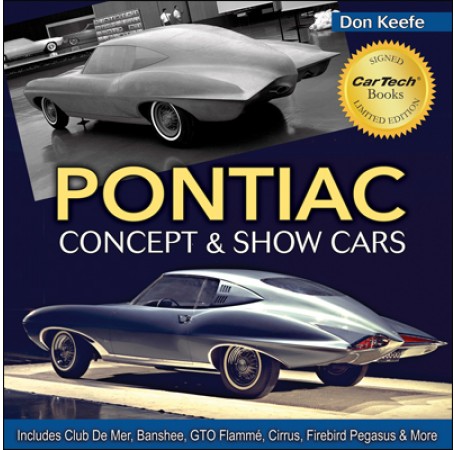
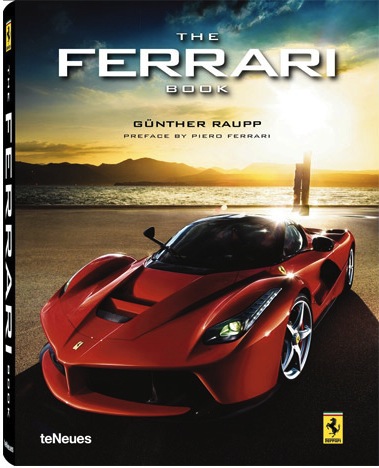
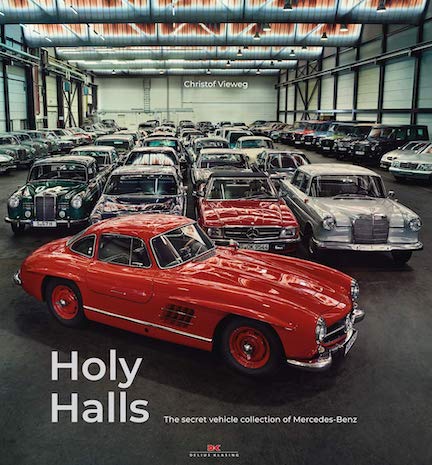
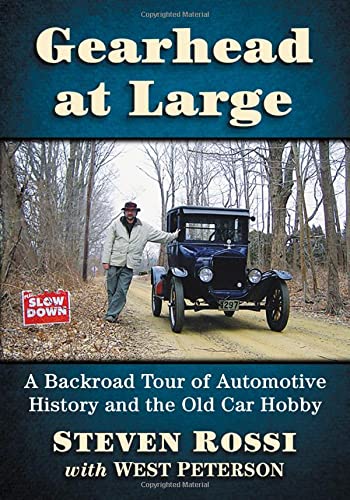
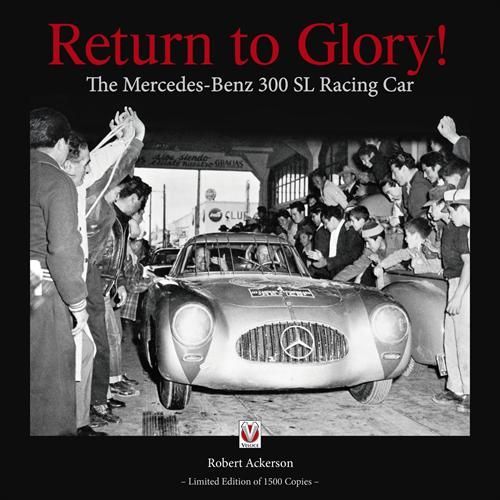

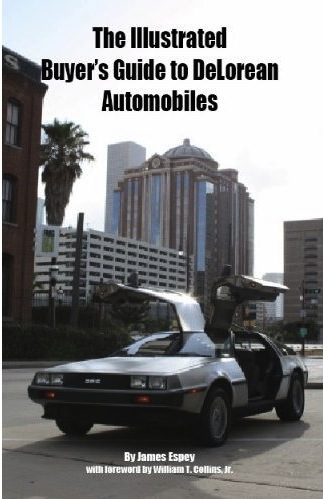

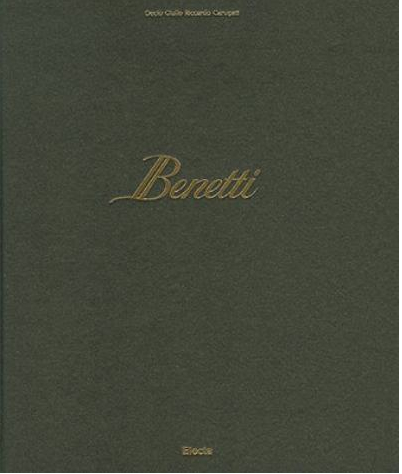
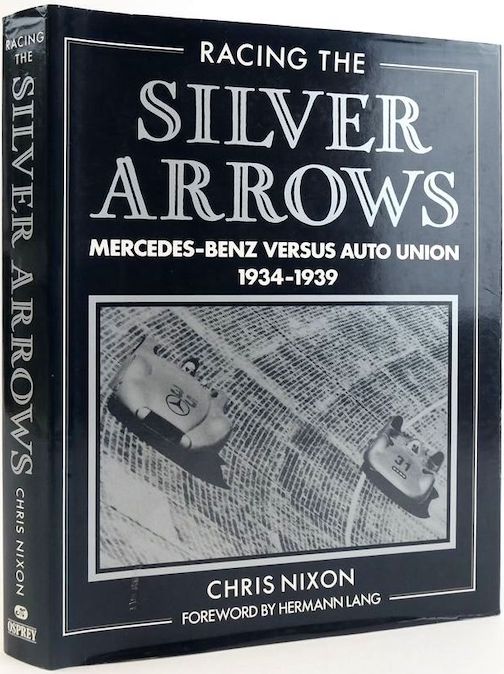
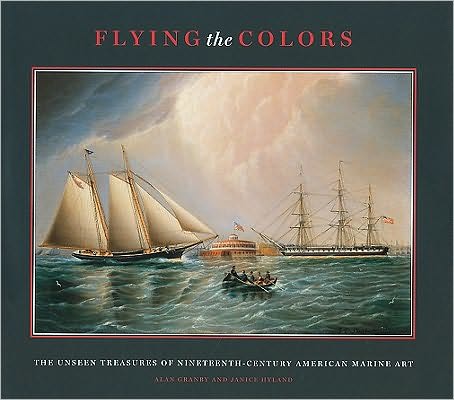
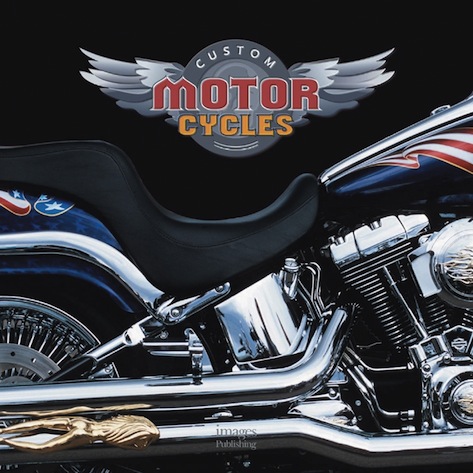

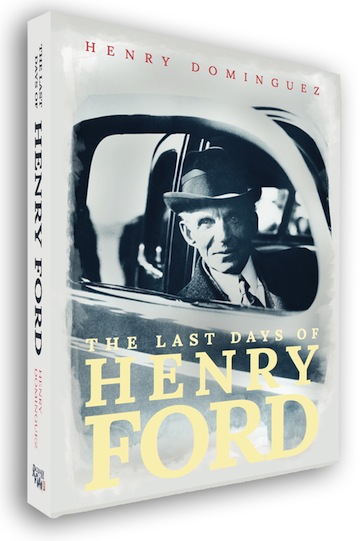
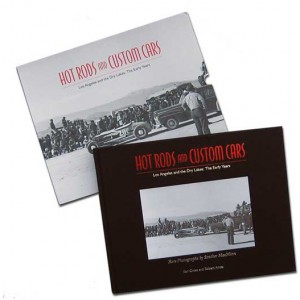
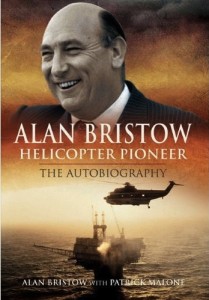
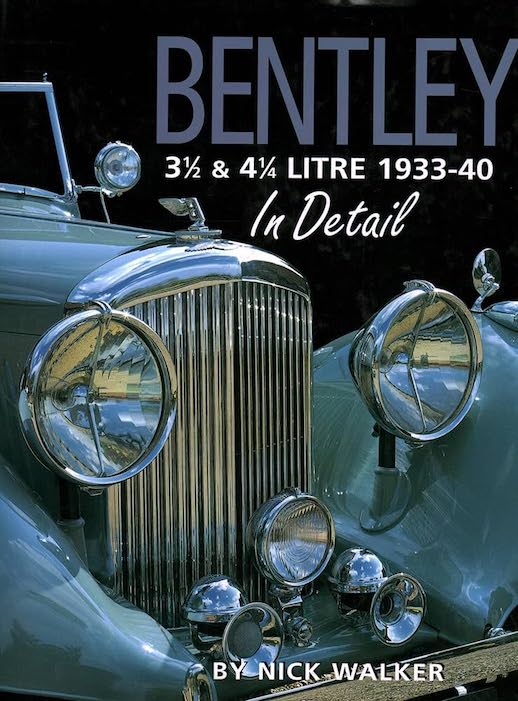
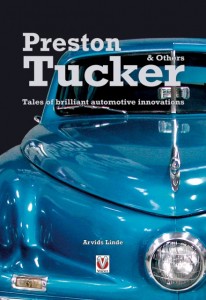
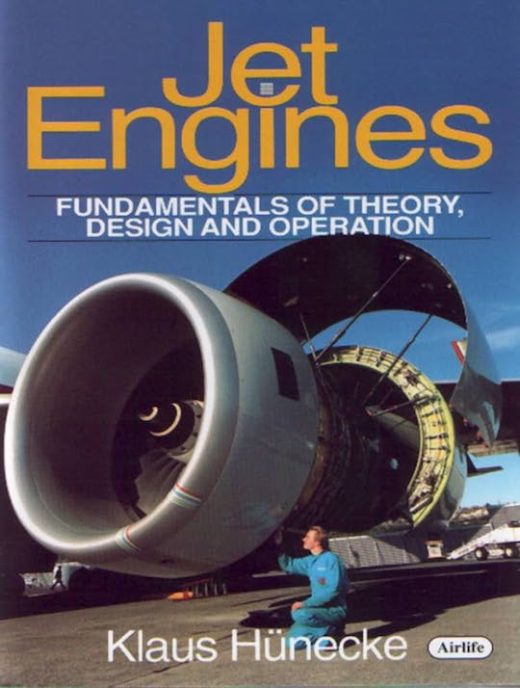
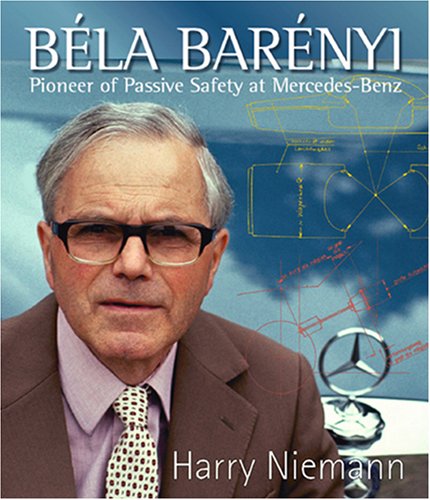
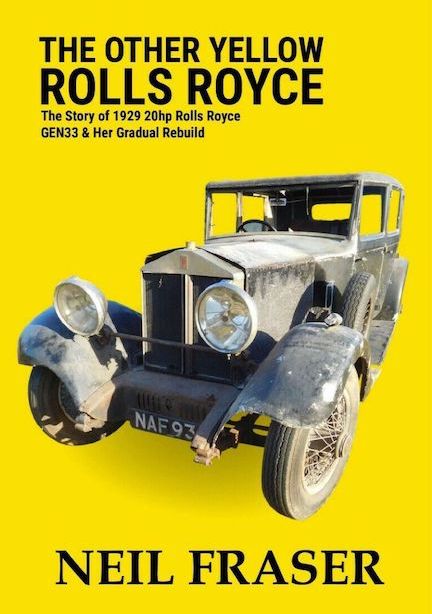
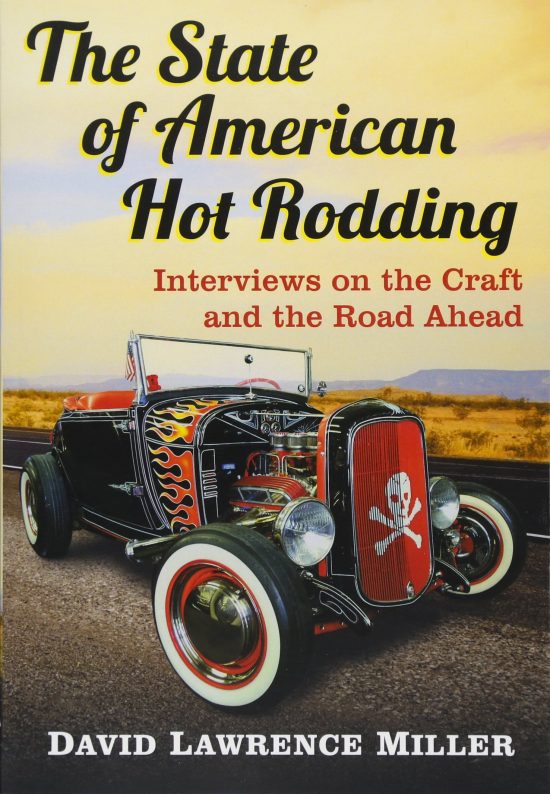

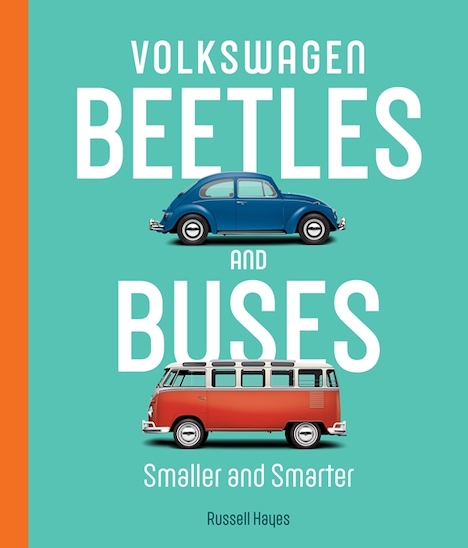

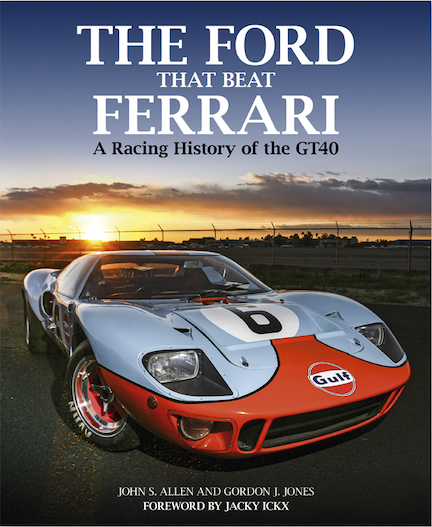
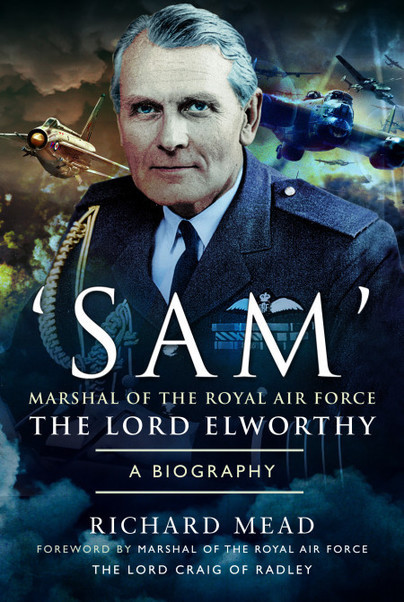
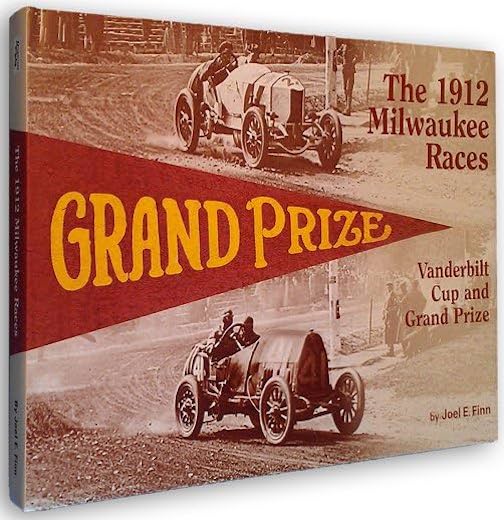

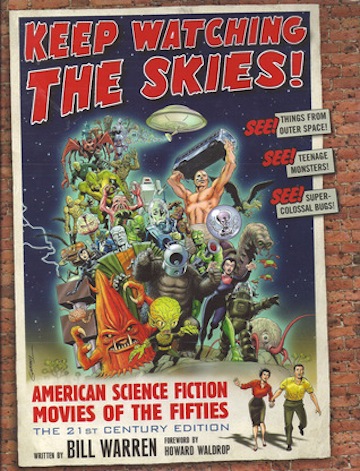
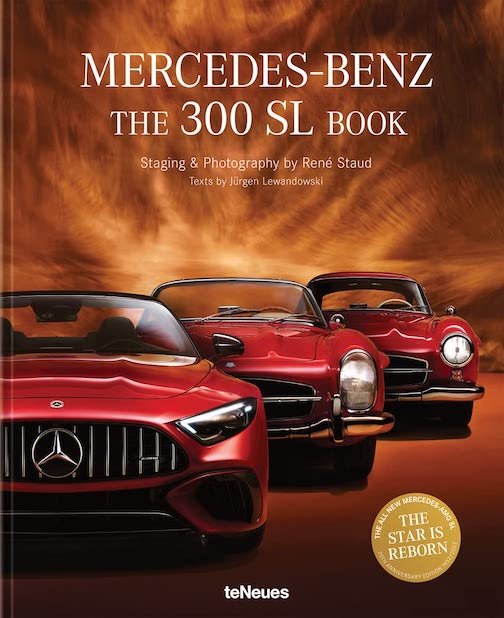
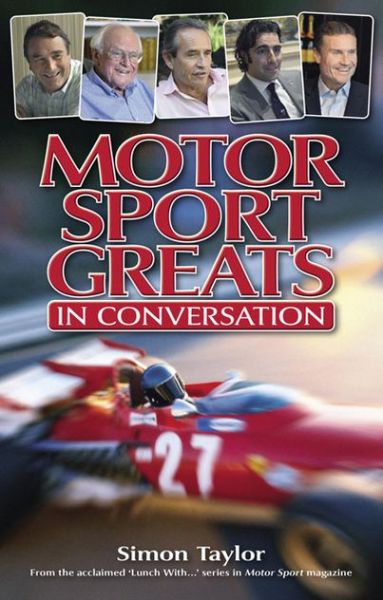
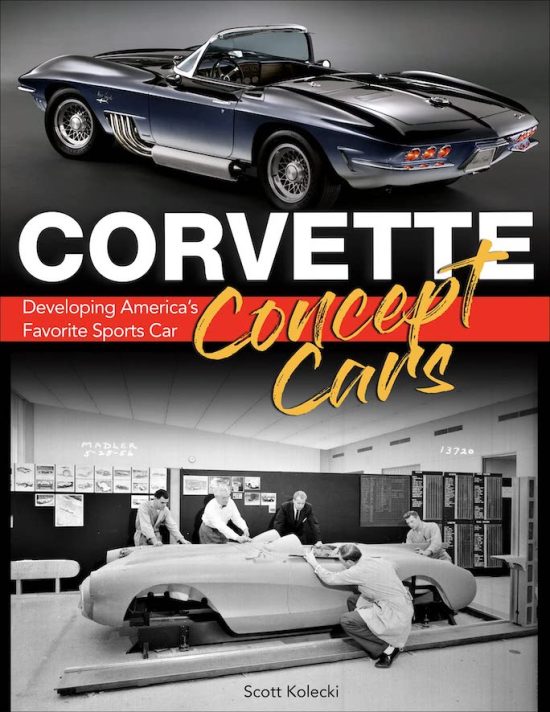
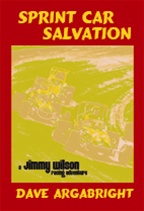
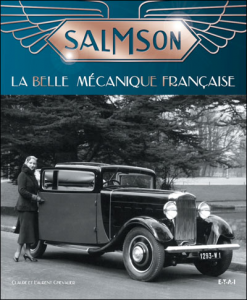
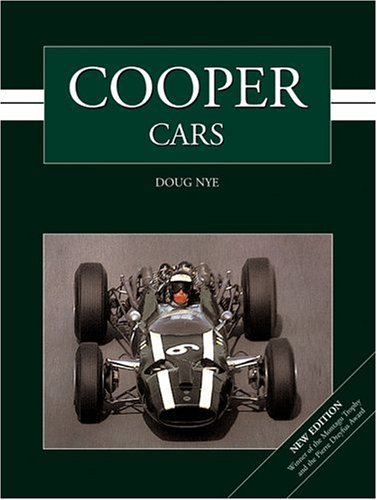
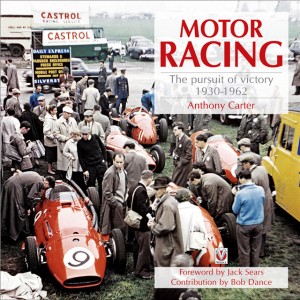

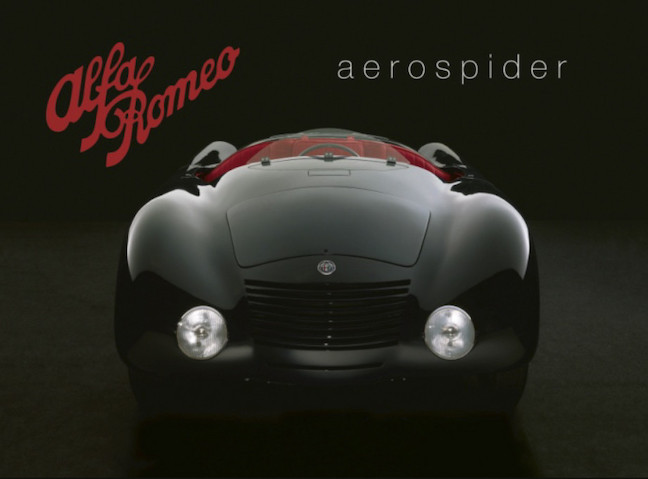

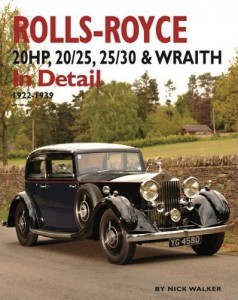
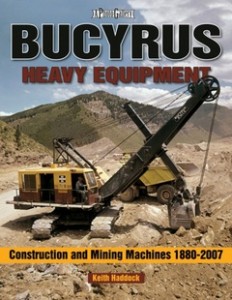
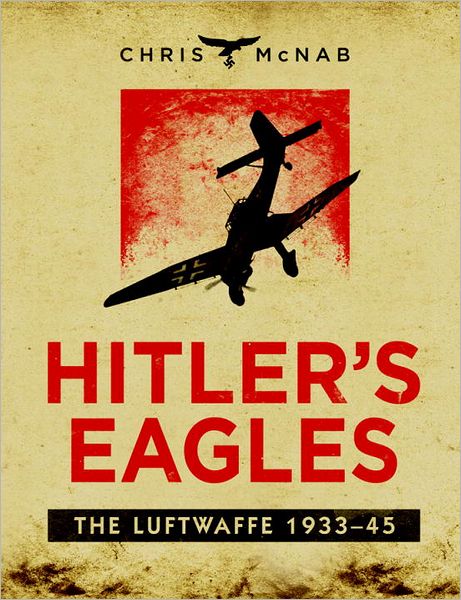
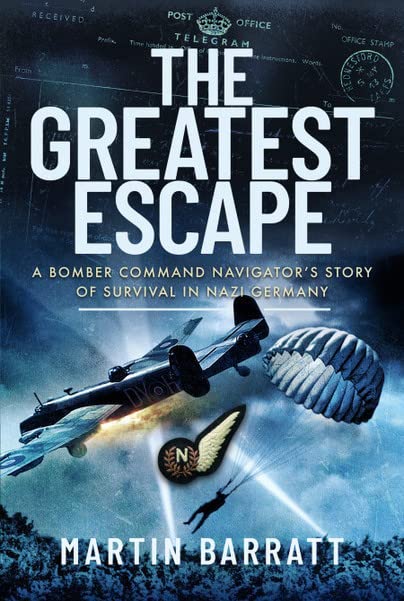
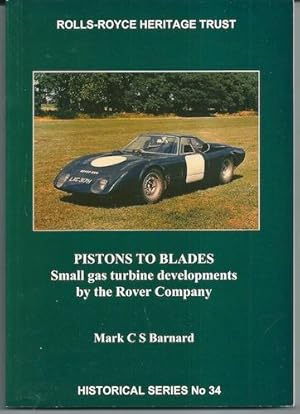

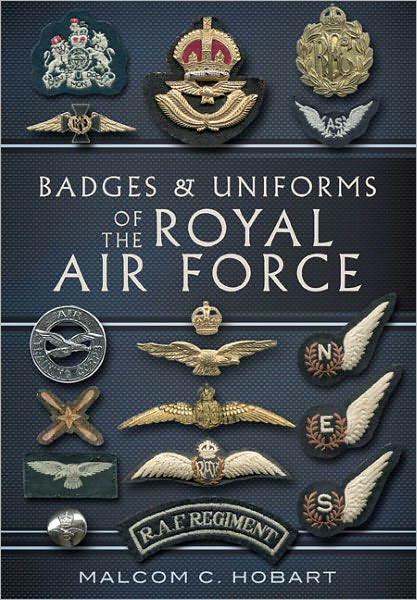
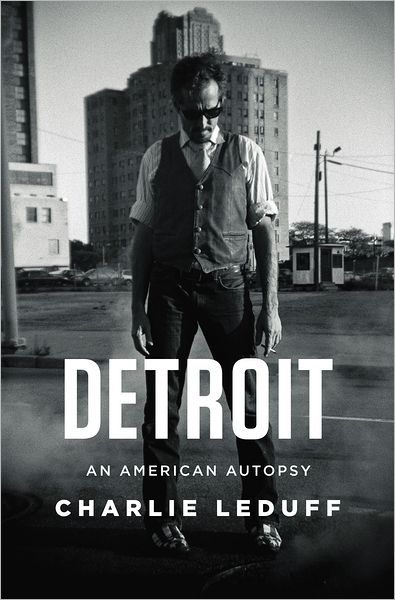

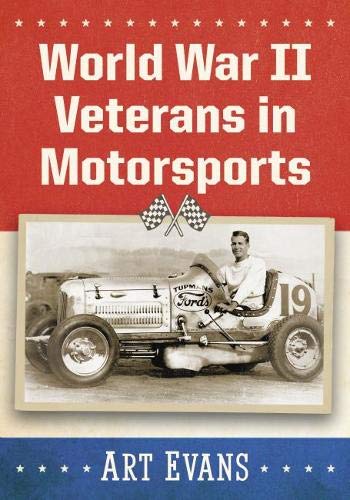
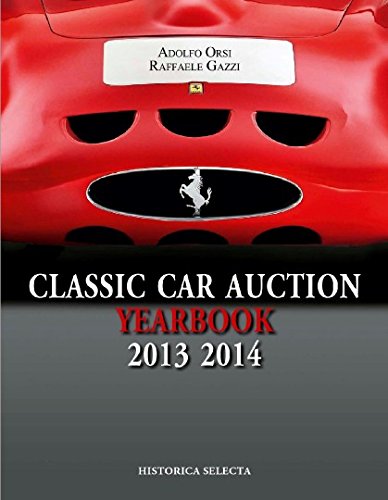
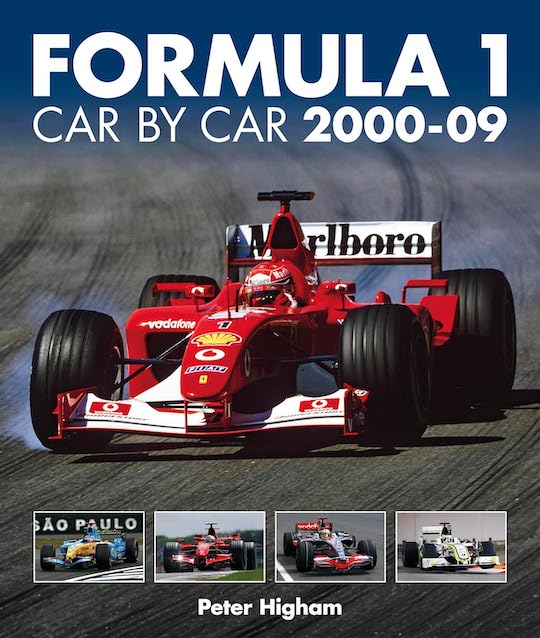
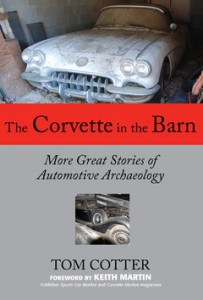

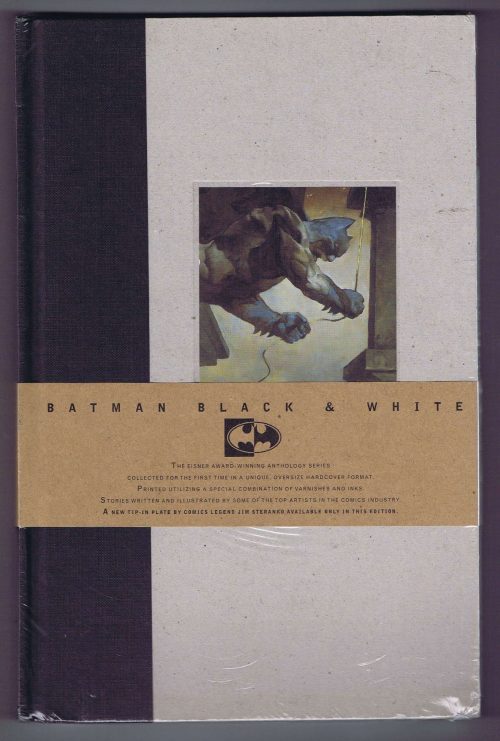
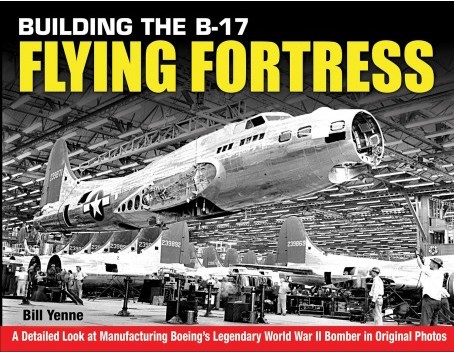
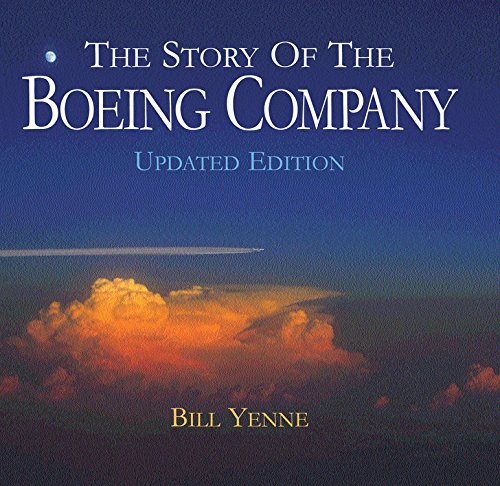
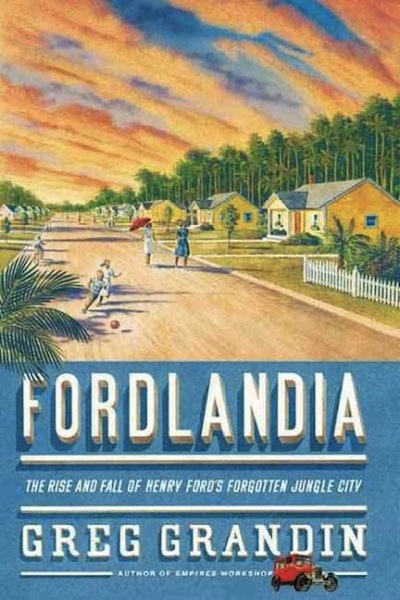
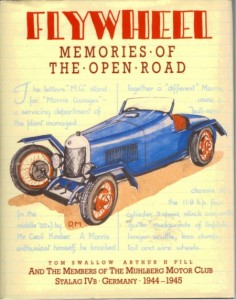
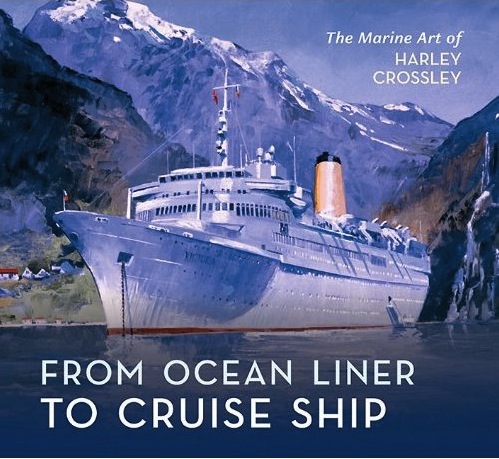
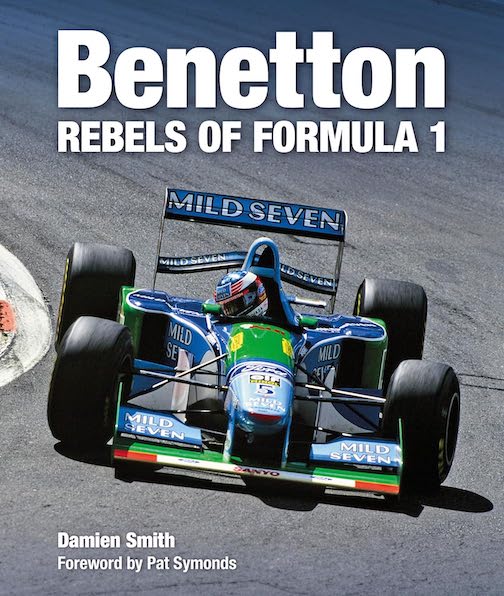
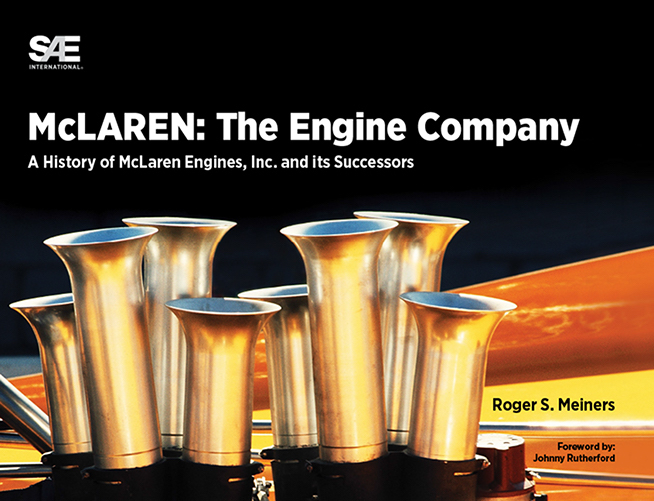
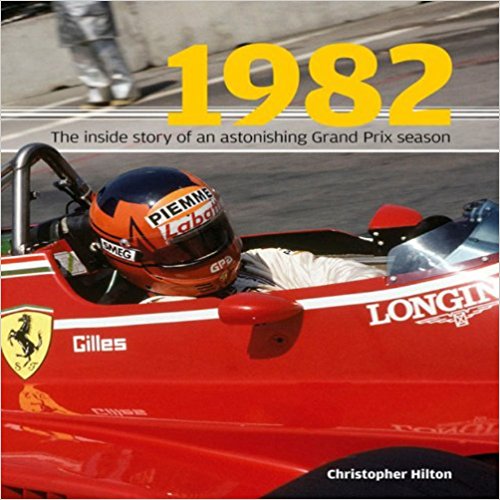

 Phone / Mail / Email
Phone / Mail / Email RSS Feed
RSS Feed Facebook
Facebook Twitter
Twitter